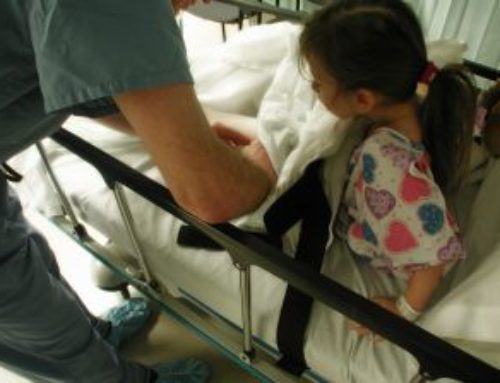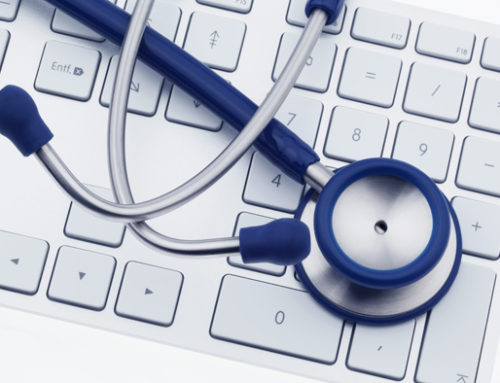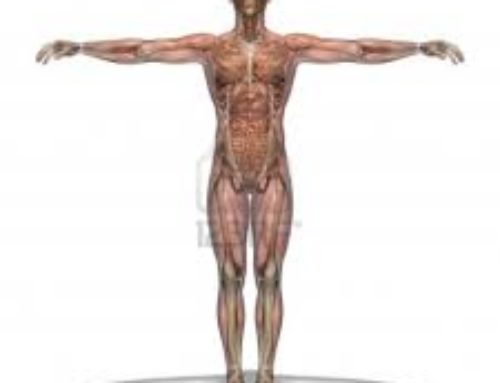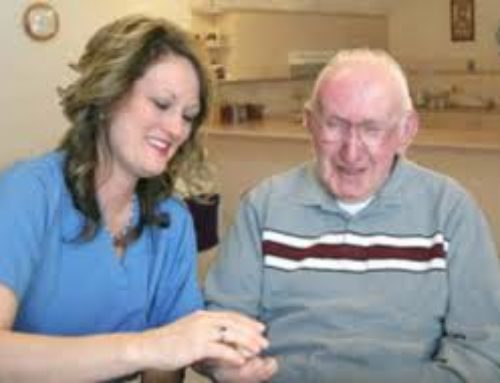Cerebral palsy is a term that encompasses a range of disorders that affect the body’s balance, movement and posture. Cerebral palsy is caused by abnormal development or damage in one or more parts of the brain that control muscle tone and motor activity (movement). This loss or deficiency of motor control refers to the generation and coordination of movement patterns that either stabilise or control the body, and often result in involuntary spasms. Impairments to motor control are caused by permanent brain damage, which is usually arises during pregnancy or shortly after birth. This means that symptoms of the condition usually begin to appear in the first stages of a child’s life, such as in infancy or early childhood. For example, infants with cerebral palsy will often be slower at achieving key developmental milestones (rolling over, sitting, crawling, and walking) than children without the condition.
Cerebral palsy affects both sexes and all ethnic groups, and its prevalence appears to be increasing, which is thought to be due to an increase in the survival of premature babies. In the United States, approximately one million people suffer from the condition, which also manifests in 2-3 out of every 1000 children. Individuals with cerebral palsy often require a large amount of care, which is often a combination of medication and physical or occupational therapy. The disabilities associated with cerebral palsy can sometimes be correct by surgery to improve dexterity and muscle control, and help to control involuntary spasms or seizures.
Causes
Cerebral palsy is a term used to describe a type of neuromotor condition that is a disorder of movement and posture, resulting from an injury or damage to certain parts of the developing brain. This can occur because the central nervous system has not developed properly at the start of life (a developmental anomaly), or it can be the result of an injury to a previously normally developing nervous system. This type of damage can occur early in pregnancy when the brain is just starting to form, during the birth process as the child passes through the birth canal, or after birth in the first few years of life. In many cases, the exact cause of the brain damage is never known.
Symptoms
Individuals with cerebral palsy have difficulty controlling and coordinating their muscles, which can make simple movements difficult to achieve. Posture, balance and coordination can also be severely affected. Common symptoms associated with cerebral palsy include:-
Stiffness
Muscles may be very stiff (spastic). This can result in the limbs appearing in awkward positions.
Poor muscle tone
Muscles may abnormally relaxed or ‘floppy’.
Uncontrolled movements
Movements may be unusually jerky or abrupt, or slow and writhing.
Problems with speech or swallowing
If people with cerebral palsy are unable to control the muscles of their tongue, mouth and throat, then they may be unable to speak properly. Similarly, swallowing requires the function of several muscles groups, and without adequate control, it can be very difficult, and dangerous, as suffocation can occur.
Bladder and bowel control problems
These are also caused by a lack of muscle control in those groups required for urination or passing bowel movements.
Skeletal deformities
If a person is affected by cerebral palsy on only one side of their body, then their limbs can become shortened, which can lead to tilting of the pelvic bones or curvature of the spine.
Mental retardation
Some people with cerebral palsy are affected by arrested mental development, which arises from brain damage. The level of mental impairment often determines the level of overall disability.
Seizures
About one third of the people suffering from cerebral palsy have seizures, which can begin early in life or years after the brain sustains the damage that caused the cerebral palsy.
Problems with hearing or vision
Partial hearing loss and problems with vision are common in people with cerebral palsy. Hearing loss can be detected in children be watching for responses to sound. Children with hearing impediments may also have difficulties speaking. Visual acuity is reduced by weakness of the muscles that control eye movement.
The severity of these problems can vary widely between individuals, depending on the severity of brain damage. A characteristic of the condition is that while the extent of the problems may vary over time, the overall condition does not worsen. What often does change over time are the manifestations of the motor disorder, such as deficits that become more noticeable as the child grows and the nervous system matures.
There are several types of cerebral palsy. These include:-
Spastic
This is the most common type of cerebral palsy, and accounts for about 70-80% of cases. In this case, muscle tone is increased so that the muscles become stiff and body movements appear jerky or awkward.
Dyskinetic
This type of cerebral palsy affects the coordination of movements and there are two subtypes, athetoid, where the individual has uncontrolled movements, often of the face, mouth or tongue, and ataxic cerebral palsy which affects coordination and balance. Individuals with ataxic cerebral palsy often have difficulty with tasks that are quick or require control, such as writing.
People can also be affected by a combination of the different types of cerebral palsy. For example people are commonly affected by cerebral palsy that manifests as both spastic and athetoid.
In children, the signs of cerebral palsy evident as the child’s nervous system matures. Early signs include:-
· Delayed development including walking, crawling, rolling over or sitting without support
· Developing left or right handedness before the age of 18 months, as this can indicate that there may be weaknesses on one side of the body
Diagnosis
There is no medical test that confirms the diagnosis of cerebral palsy, and a physician or health care provider bases the diagnosis on a thorough examination. Information including medical history, mental and physical development and any complications that arose during pregnancy, labour or delivery are used to reach a diagnosis. Neuroimaging can also be used to look at the brain or spinal cord to assess the extent of the cerebral palsy or identify any possible causes. Ultrasound, CT scan or MRI can also be used to detect structural and anatomic abnormalities that could be a cause of the condition.
Treatment
There is no cure for cerebral palsy, however with early and ongoing treatment, the condition can be managed and the disabilities associated with cerebral palsy reduced. Many different therapies are available, which include:-
Rehabilitation
Involves physical therapy and the use of specialised equipment to development muscle strength and control. It can include a routine of special exercises and can incorporate walkers or customised wheelchairs with the goal of maximising function and dexterity.
Occupational therapy
Helps people suffering from cerebral palsy to learn physical skills that they may require to become as independent as possible, such as feeding, grooming, and dressing.
Speech/language therapy
This therapy helps people to overcome communication problems, because many people suffering from cerebral palsy have problems speaking.
Medications
The goal of drug therapy is to reduce the effects of cerebral palsy and prevent complications. Medications such as muscle relaxants are prescribed to reduce spasticity and abnormal movements and to prevent seizures.
Surgery
There are several operations used in the treatment of cerebral palsy. Surgery to sever certain nerves can reduce spasticity, which can improve walking, standing and sitting. Surgery to areas of the brain can improve muscle tone and reduce involuntary movements. Surgery to specific limbs can also restore balance, release contracted muscles and help to stabilise the joints. For example, surgery to the arm can improve grasping and pinching abilities of the hand.
Risk factors
· Birth defects, such as those affecting the brain, spinal cord, head, face, lungs, or metabolism
· Particular genetic or hereditary conditions
· Complications during labour or delivery
· Premature birth or low birth weight
· Severe jaundice after birth
· Multiple births
· Oxygen restriction to brain before, during, or after birth
· Brain damage early in life, due to infection, injury, bleeding or lack of oxygen
· Health problems in the mother such as infection, seizures or thyroid disorder
Prevention
The cause of cerebral palsy is usually unknown; therefore there is often nothing that can be done to prevent it. However, following certain practices can reduce the general risk of brain damage and help to prevent your child from developing cerebral palsy. These include:-
· Contracting the measles during pregnancy or as a child in the early stages of life has been identified as a risk factor for cerebral palsy. Being immunised prior to pregnancy is a good way of protecting your child
· Seeking appropriate prenatal care as early as possible during pregnancy. This will ensure developmental abnormalities are identified as early as possible
· Avoiding smoking, drinking alcohol or using illicit drugs during pregnancy, as these can increase the risk of premature delivery
· Preventing serious infections by providing your child with routine vaccinations
· To prevent head injury, make certain your child is restrained properly in car seats, and make sure thy wear a helmet when riding a bicycle







Leave A Comment